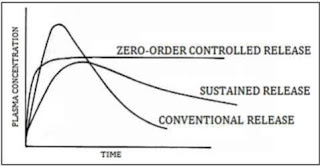Describe SN2 reaction mechanism and When this reaction occurs?
The SN2 (Substitution Nucleophilic Bimolecular) reaction is a type of nucleophilic substitution reaction that involves the simultaneous interaction of two reactant molecules: a nucleophile and a substrate.
The steps of an SN2 reaction are as follows:
Nucleophile attack: In the first step of the reaction, the nucleophile approaches the substrate molecule and attacks the carbon atom that is attached to the leaving group (Cl). The nucleophile displaces the leaving group and forms a new bond with the carbon atom.
Formation of a transition state: As the nucleophile attacks the substrate molecule, the leaving group starts to depart from the carbon atom, leading to the formation of a transition state with a pentacoordinate intermediate. This transition state is energetically unfavorable and has a high activation energy barrier, which means that the reaction rate is dependent on the concentration of both the nucleophile and the substrate.
The SN2 (Substitution Nucleophilic Bimolecular) reaction occurs when a nucleophile attacks a substrate molecule while a leaving group departs from the substrate molecule. This type of reaction is commonly observed in organic chemistry and is typically favored in polar aprotic solvents, such as acetone or DMF, which can stabilize the reaction intermediates and products.





Comments
Post a Comment
Thanks